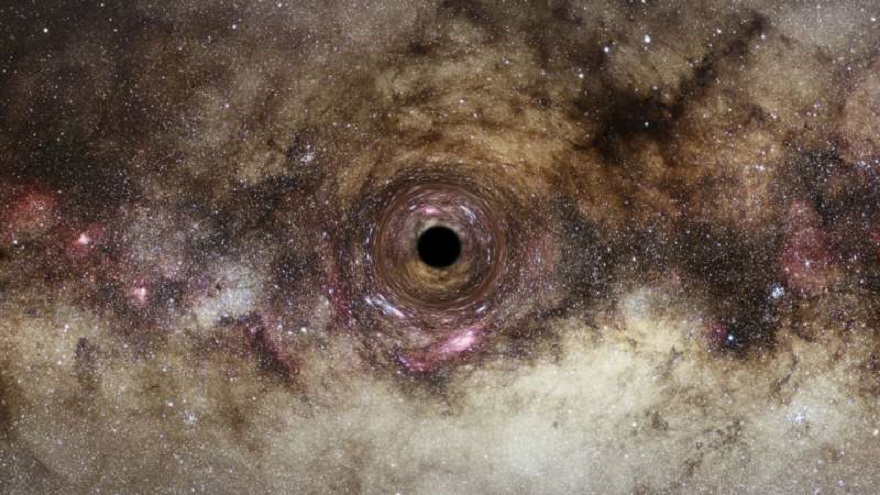Astronomers have found one of the biggest black holes in the Universe, which is 30 billion times more massive than the Sun. At the same time, they were helped by the effect of gravitational lensing, when light is bent by gravity.

The biggest black hole in the Universe
Scientists from Durham University in the UK have reported that they have discovered the most massive black hole in the Universe. Its size is approaching the upper limit of the size that black holes in the Universe can theoretically reach.
This research began back in 2004, when Professor Alastair Edge from this university noticed a giant arc that could be the result of gravitational lensing. This phenomenon occurs when an invisible massive object passes in front of a remote radiation source and its gravitational force bends the light.
Scientists spent the next 19 years confirming the nature of this phenomenon. Researchers from the German Max Planck Institute helped them in this. Together they studied images of the Hubble Space Telescope, which was capturing an area of space where gravitational lensing was observed.
New method for discovering black holes
The decisive factor that helped make the new discovery was the application of a new method of processing data on gravitational lensing. The scientists used a supercomputer located in the DiRAC HPC scientific institution.
It conducted hundreds of thousands of simulations in which a black hole with its gravitational field bent the light from the object behind it. At the same time, its mass changed every time. And then, the result of the calculations was compared with the observed picture. That’s how scientists learn that an invisible object has a mass 30 billion times larger than the Sun.
Dr. Nightingale, one of the co-authors of the study, said: “Most of the biggest black holes that we know about are in an active state, where matter pulled in close to the black hole heats up and releases energy in the form of light, X-rays, and other radiation”.
“However, gravitational lensing makes it possible to study inactive black holes, something not currently possible in distant galaxies. This approach could let us detect many more black holes beyond our local universe and reveal how these exotic objects evolved further back in cosmic time.”
According to phys.org
Follow us on Twitter to get the most interesting space news in time
https://twitter.com/ust_magazine

